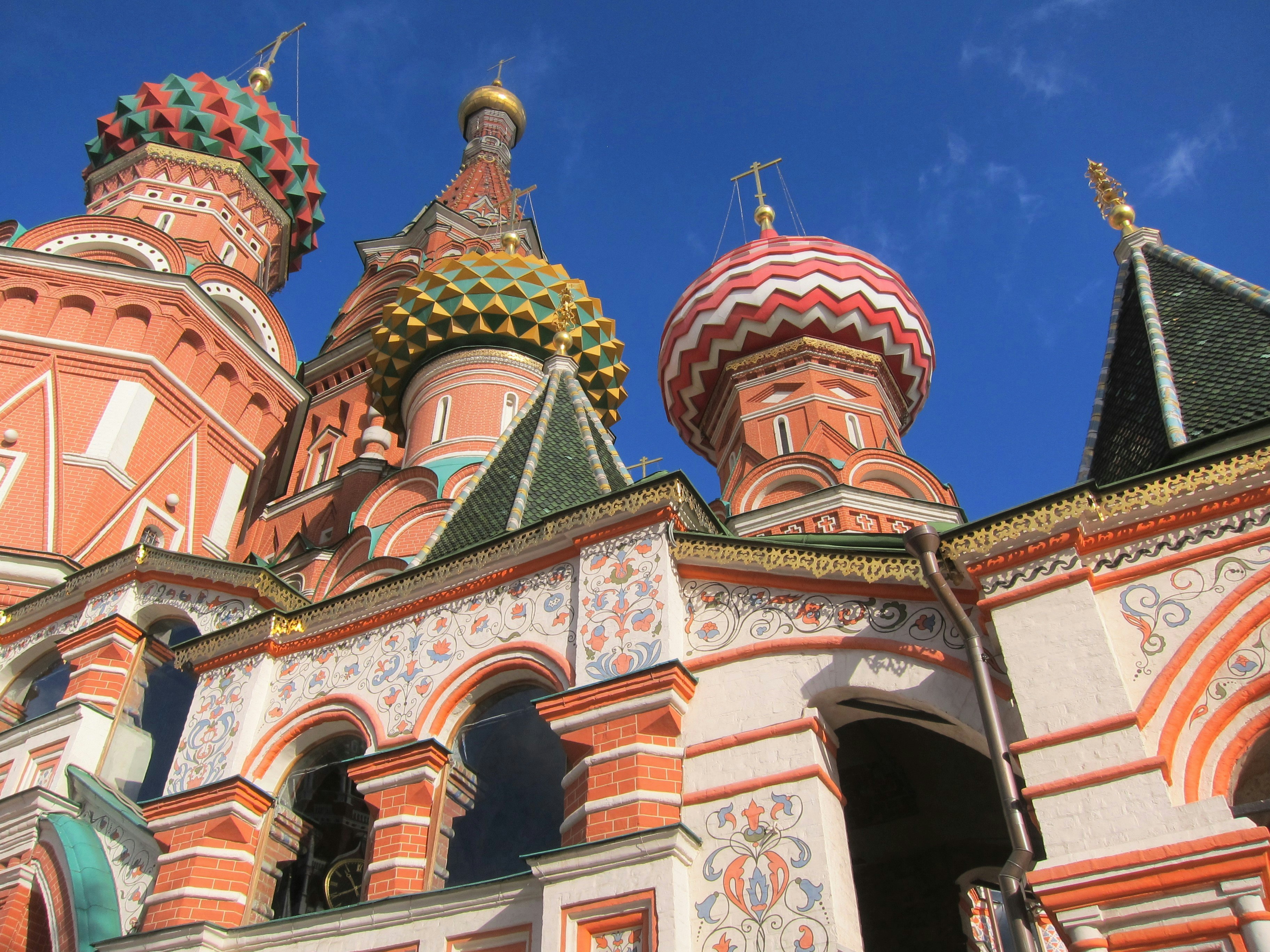Historical Significance and Development of Russian Orthodox Icons
The origins of Russian Orthodox icons can be traced back to early Christian art, heavily influenced by Byzantine iconography. In the 9th century, the Kievan Rus’ adopted Christianity, which heralded a significant cultural and spiritual transformation. Byzantine missionaries introduced religious images that would evolve into distinct icons, becoming integral to Russian Orthodox faith and practice. These icons served not only as artistic expressions but also as theological tools, teaching and reinforcing the core tenets of the faith.
During the Kievan Rus’ era, the initial phase of iconography was characterized by close adherence to Byzantine models. However, as the Russian church and state grew in prominence, a unique style began to emerge. The Mongol invasion in the 13th century disrupted this development, leading to the destruction of many religious artifacts. Despite this, monasteries played a crucial role in preserving the continuity of icon painting. Monks and religious communities became centers of cultural resilience, maintaining and transmitting the techniques and theological significance of iconography.
The revival of Russian Orthodox icons truly gained momentum during the Russian Empire. This period saw the emergence of influential icon painters, such as Andrei Rublev, whose works epitomized the spiritual and artistic heights of Russian iconography. Rublev’s icons are revered not only for their aesthetic beauty but also for their deep theological resonance, encapsulating the essence of Orthodox spirituality. His works, along with those of other notable iconographers, contributed to a rich tradition that balanced innovation with adherence to sacred canons.
The role of icons within the Russian Orthodox Church extends beyond mere art; they are venerated as windows to the divine. Icons play a pivotal role in liturgical practices, personal devotion, and community worship. They are believed to facilitate a connection between the faithful and the divine, embodying the presence of holy figures. The theological importance placed on icons underscores their role as mediators of faith, reinforcing the doctrines and spiritual experiences of the Russian Orthodox tradition.
Throughout history, the development of Russian Orthodox icons has mirrored the broader cultural and spiritual evolution of Russia. From their Byzantine roots to their flourishing in the Russian Empire, these icons have remained central to the religious life of the faithful, embodying the enduring beauty and depth of Russian Orthodox spirituality.
Symbolism and Aesthetic Elements of Russian Orthodox Icons
Russian Orthodox icons serve as profound symbols of faith, embodying rich theological principles and artistic elements. Each icon is meticulously crafted to convey spiritual truths and religious narratives, making the use of specific colors, gestures, and compositions integral to their design. Colors in icons are not merely aesthetic choices but carry deep theological significance. For instance, gold represents divine light and eternity, blue signifies the heavens and purity, while red symbolizes divine life and love.
Gestures and compositions within icons are equally symbolic. The hand gestures of Christ, saints, and the Virgin Mary often convey blessings, teaching, or intercession. Halos, another common feature, signify holiness and the divine presence. The depiction of saints, Christ, and the Virgin Mary is done with a deliberate emphasis on their spiritual roles, often highlighted by their positioning and the use of symbolic elements such as scrolls, books, or crosses.
The techniques and materials used by iconographers are steeped in tradition and spirituality. Icons are typically created using egg tempera made from natural pigments, which are then applied to a prepared wooden panel. Gold leaf is often used to enhance the divine aspect of the figures portrayed. The process of ‘writing’ an icon, as it is traditionally termed, is a prayerful and meditative act. Iconographers approach their work with a sense of reverence, understanding that they are not merely creating art but producing a sacred image that serves as a window to the divine.
In liturgical settings, icons play a crucial role, serving as focal points for prayer and worship. They are venerated in churches and during religious services, helping to foster a sense of the sacred. Within homes and communities, icons are often placed in a special corner, known as the ‘beautiful corner,’ where families gather for prayer and reflection. This practice underscores the importance of icons in daily spiritual life, reinforcing their role in connecting the faithful with the divine.
Enter your email to get the Latest Updated Exploring News and Topics
Discover more from atozexplore.com
Subscribe to get the latest posts sent to your email.






